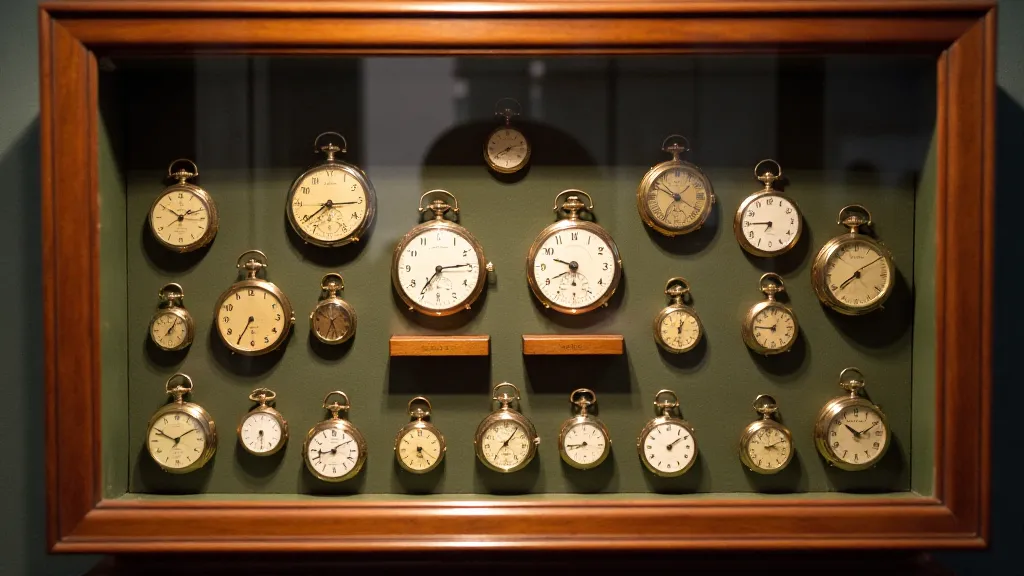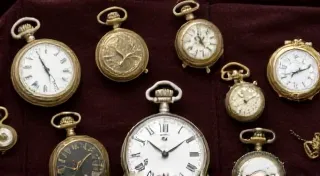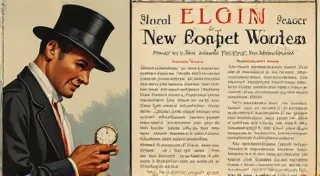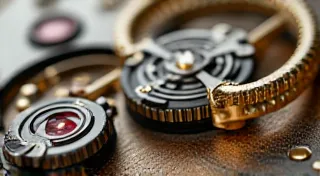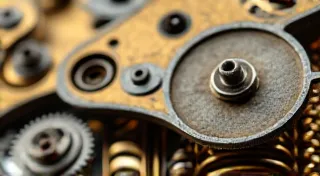The Rise and Fall of Railroad Pocket Watches
The rhythmic tick-tock of a pocket watch wasn't just a measure of time; for a significant portion of the 19th and early 20th centuries, it was the very heartbeat of the American railway system. Before the advent of centralized timekeeping and electronic synchronization, railroad pocket watches, often called “railroad watches,” were crucial for ensuring trains ran on schedule, and their history is inextricably linked to the evolution of the American railroad itself.
The Problem of Local Time
Prior to the 1880s, most American cities and towns operated on local solar time. This meant that each location based its time on the position of the sun. As a result, the time in New York City could be significantly different from the time in Chicago. This presented a monumental problem for railroads. When trains departed based on different local times, coordinating schedules and ensuring timely arrivals and departures became a chaotic and dangerous exercise.
Imagine the consequences! Collisions were a constant threat, and the railway’s reputation – and its ability to function – was severely compromised.
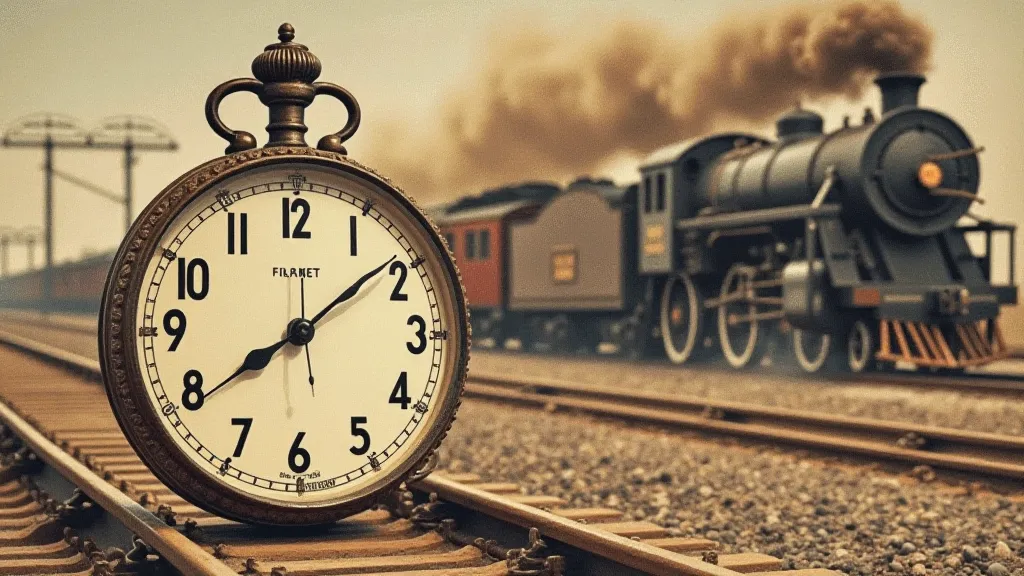
The Rise of Standard Time and Railroad Watches
In 1883, a brilliant solution was devised by William F. Allen, a railroad executive. He proposed that the country be divided into four time zones, each following the standard time of a major city. This meant adopting the time of the nearest standard time location. To enforce this new system, railroads needed exceptionally accurate and reliable pocket watches. These weren’t your average timepieces; they had to meet stringent requirements.
To qualify as a “railroad watch,” a timepiece had to adhere to the following:
- Accuracy: The watch had to gain or lose no more than 30 seconds per day. This was a huge leap in accuracy compared to typical pocket watches of the era.
- Durability: Railroad watches had to withstand the jostling and vibrations of train travel. Robust cases and reliable movements were essential.
- Movement Type: Almost universally, railroad watches used lever escapements, known for their accuracy and reliability.
- Dial Features: Most railroad watches had specific dial markings, including a seconds subdial positioned just below the 12 o'clock mark. This allowed engineers to precisely determine the seconds.
Famous Makers and Characteristics
Several prestigious watchmakers became synonymous with railroad watches. Elgin, Waltham, and Howard were among the most famous, all American manufacturers who rose to meet the railroads’ demanding needs. Each maker developed its own distinctive style, but shared the core elements of accuracy, durability, and the characteristic seconds subdial.
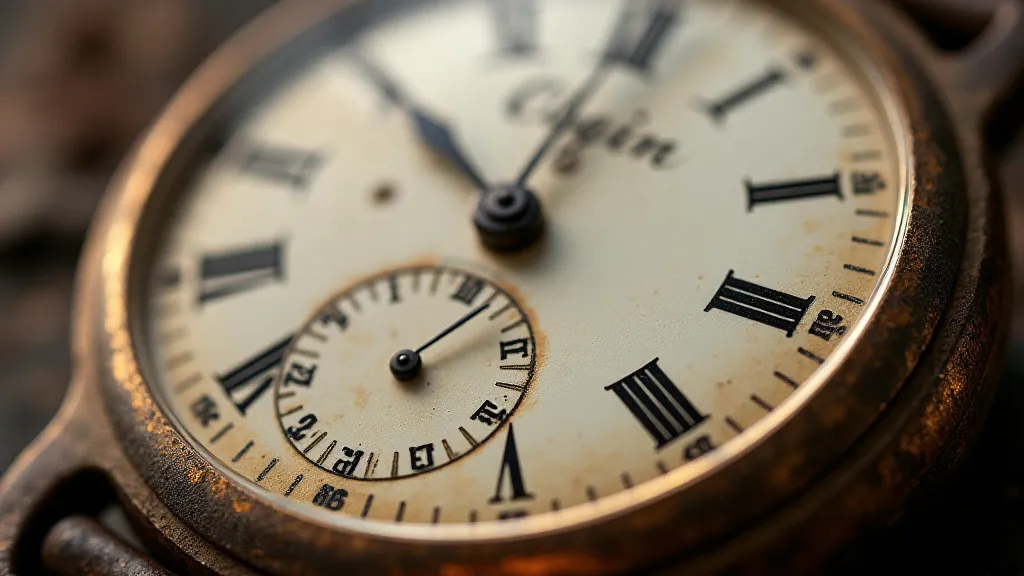
The Decline of the Railroad Watch
The reign of the railroad watch didn't last forever. The 20th century brought several changes that gradually rendered them obsolete. The introduction of synchronized railway clocks, and later, electronic timekeeping systems, replaced the individual reliance on pocket watches. The rise of wristwatches also contributed to the decline, offering greater convenience for engineers and conductors.
Collecting Railroad Watches Today
Despite their decline in use, railroad watches remain highly sought-after by collectors. Their historical significance, beautiful craftsmanship, and intricate mechanisms make them valuable pieces of Americana. Owning a railroad watch isn’t just owning a timepiece; it’s holding a tangible piece of railway history and a testament to a time when a pocket watch literally kept the trains running on time.
